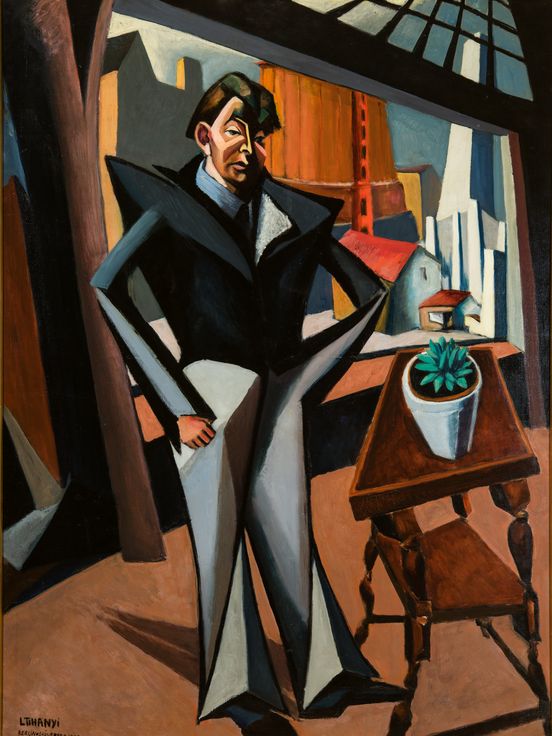Major works from Hungarian art history
The nine sections of the exhibition will feature key works by unsung artists – all established names in Hungarian art history – produced or exhibited here during those Berlin years. The story begins with the group known as “The Eight”. Hungary’s modernists, schooled in brightly coloured brushwork by the French Fauves, celebrated their Berlin debut at the Secession in 1910. In the 1920s it was above all Herwarth Walden who recognised and promoted the innovative power of Hungarian painters. By offering them a platform of European renown at his gallery “Der Sturm”, he was also able to expand his profile: Béla Kádár and Hugó Scheiber blended Expressionism with Futurism, bringing to life such different motifs as the Hungarian puszta and Berlin nightlife. Sándor Bortnyik, László Moholy-Nagy and Peter László Péri, by contrast, were radically abstract and gave Constructivism a decisive boost.











